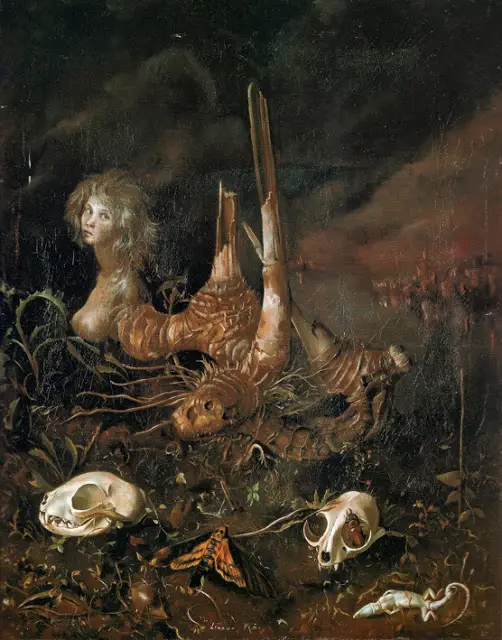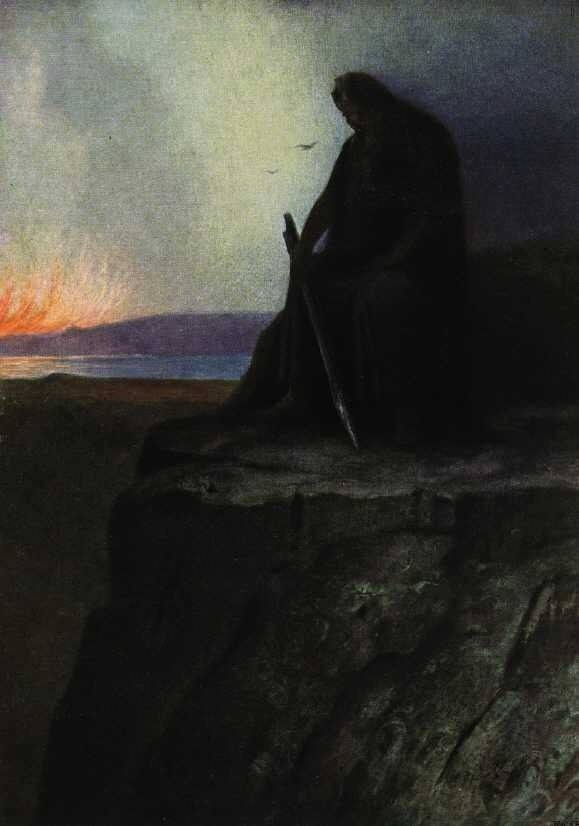Tag: Emanuela Chiavarelli
Divinity of the Underworld, the Afterlife and the Mysteries
di Marco Maculotti
We continue the discussion previously developed, taking it from the connection that we have seen to exist, in ancient traditions, between the period of the "solstitial crisis" and the belief in the return of the souls of the dead to the living. The connection with the underworld / underworld and with the Kingdom of the Dead seems, as we have seen, to be recurrent for these deities that we have defined as 'of the Winter Sun' [cf. Cernunno, Odin and other deities of the 'Winter Sun'], at the same time gods of fecundity and also linked to the underworld and, therefore, to the deceased.
We have already seen that the Celtic Cernunno, in addition to being a god of nature and time, is also considered an underworld deity, especially as regards his psychopomp function, as a companion of the dead in the afterlife: a mercurial aspect that in tradition Nordic is also found, as we have seen, in Odin / Wodan, from which in fact derives the day of the week which Latin belongs to Mercury (Wednesday= “Wodan's days"). Likewise, in many traditions from all over the world there are numinous figures connected both with fertility and with the Underworld and the Underworld, starting with the Mediterranean Lord of Hades Pluto, among whose symbols there is the cornucopia (*krn), conveying abundance, fertility, wealth.
Cernunno, Odin, Dionysus and other deities of the 'Winter Sun'
di Marco Maculotti
cover: Hermann Hendrich, "Wotan", 1913
[follows from: Cosmic cycles and time regeneration: immolation rites of the 'King of the Old Year'].
In the previous publication we had the opportunity to analyze the ritual complex, recognizable everywhere among the ancient Indo-European populations, centered on theimmolation (real or symbolic) of the "King of the Old Year" (eg. Roman Saturnalia), as a symbolic representation of the "Dying Year" that must be sacrificed to ensure that the Cosmos (= the order of things), reinvigorated by this ceremonial action, grants the regeneration of Time and of the 'World' (in the Pythagorean meaning of Kosmos like interconnected unit) in the new year to come; year which, in this sense, becomes a micro-representation of the Aeon and, therefore, of the entire cyclical nature of the Cosmos. Let's now proceed toanalysis of some divinities intimately connected with the "solstitial crisis", to the point of rising to mythical representatives of the "Winter Sun" and, in full, of the "King of the Waning Year": Cernunno, the 'horned god' par excellence, as far as the Celtic area is concerned; Odin and the 'wild hunt' for the Scandinavian one and Dionysus for the Mediterranean area.



